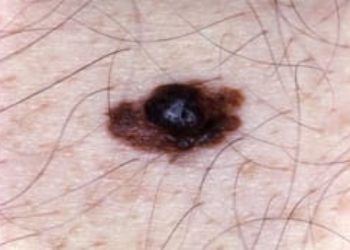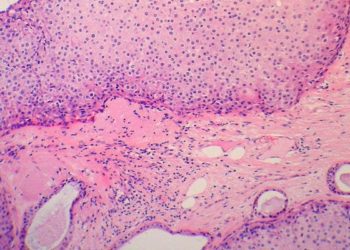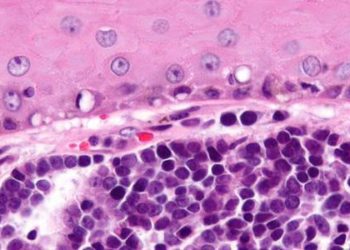Despite cancer risks, tanning beds prevalent near college campuses
1. Of the 125 colleges selected for this study, nearly half had indoor tanning facilities either on-campus or off-campus.
Evidence Rating Level: 3 (Average)
Study Rundown: Indoor tanning is well established as a risk factor for skin cancer, with some studies likening the association to smoking and lung cancer. However, previous studies have shown that it continues to be a popular service, especially among college students. The authors of this study sought to evaluate the prevalence of indoor tanning facilities around college campuses. They found that a significant amount of colleges had indoor tanning facilities in off-campus housing, and that 12% of colleges had on-campus tanning facilities. This study demonstrated that college campus directed skin health programs may be high yield to reduce burden of disease caused by tanning beds. This study’s main limitation was that the top 125 colleges may not have been a representative sampling of all colleges within the US.
Click to read the study in JAMA Dermatology
Relevant Reading: International Prevalence of Indoor Tanning
In-Depth [cross-sectional study]: Authors selected the top 125 colleges in the US News and World Report 2014 list of best colleges and universities for the study. Data was collected either using the housing information on the college’s website or by calling the facilities for direct inquiry. Of colleges studied, 49.5% were public institutions and 36.8% had a tobacco-free policy. Indoor tanning facilities were prevalent in 48% of colleges studied; 12% of colleges had on-campus facilities and 42.4% had off-campus facilities. By region, the highest prevalence of indoor tanning facilities on-campus were in Midwestern colleges (26.9%); off-campus tanning facilities had the highest prevalence in Southern colleges (67.7%). Presence of on-campus tanning facilities were associated with region (P=0.02) and presense of a school of public health (P=0.01). Off-campus tanning facilities were associated with public schools compared to private institutions (64.5% vs. 20.6%, respectively; OR 4.33 [95% CI, 1.38-13.58], P=.01). Presence of a tobacco policy was not associated with presence of tanning facilities in on-campus or off-campus housing (p=0.16). Eighteen colleges allowed students to use their campus cash-cards to finance their tanning sessions.
More from this author: Tech-aided surveillance of patients at high risk for melanoma aids early diagnosis, Indoor tanning linked to high skin cancer risk in US and abroad, Free drug samples may alter prescription habits of dermatologists, Atopic dermatitis may be more persistent than previously understood
Image: PD
©2012-2014 2minutemedicine.com. All rights reserved. No works may be reproduced without expressed written consent from 2minutemedicine.com. Disclaimer: We present factual information directly from peer reviewed medical journals. No post should be construed as medical advice and is not intended as such by the authors, editors, staff or by 2minutemedicine.com. PLEASE SEE A HEALTHCARE PROVIDER IN YOUR AREA IF YOU SEEK MEDICAL ADVICE OF ANY SORT.







